On This Day…November 28th.
On 28 November 1940, Wing Commander (he was the youngest flyer in the Luftwaffe to hold this rank) Helmut Wick of JG 2 went missing south off the coast of the Isle of Wight, South England. His body was never recovered and remains listed as missing. Wick had 56 victories at the time of his death and was shot down by Hugh (Cocky) Dundas...
Hugh Dundas in his Spitfire in which he shot down Wick. It is believed that Dundas was shot down by Helmut Wick's wingman. As with Wick, Dundas was never found and listed ‘missing'.
I cannot resist an Enterprise photo. On 28th November 1941 the Big E left Pearl with orders to receive her own air group, the Wilcats of the Fighting Six, and Marine Fighter Squadron 211 headed for Wake. Thinking they were on a training mission, the new pilots were surprised to be ordered to their ready rooms where they were given a single sheet of paper with the following;
U.S.S. ENTERPRISE
At Sea
November 28, 1941BATTLE ORDER NUMBER ONE
The ENTERPRISE is now operating under war conditions.
At any time, day or night, we must be ready for instant
action.Hostile submarines may be encountered.
The importance of every officer and man being specially
alert and vigilant while on watch at his battle station
must be fully realized by all hands.The failure of one man to carry out his assigned task
promptly, particularly the lookouts, those manning the
batteries, and all those on watch on the deck, might
result in great loss of life and even loss of the ship.The Captain is confident all hands will prove equal to
any emergency that may develop.It is part of the tradition of our Navy that, when put
to the test, all hands keep cool, keep their heads, and
FIGHT.Steady nerves and stout hearts are needed now.
G. D. MURRAY,
Captain, U.S. Navy
Commanding
Approved: November 28, 1941.
W. F. HALSEY,
Vice Admiral, U.S. Navy,
Commander Aircraft, Battle Force
The photo below was taken on this day in 1942, showing German, Romanian, and Italian prisoners taken at Stalingrad. The Soviet journalist, Vasily Grossman, wrote a passage in his journal this day, describing the scenes.
“Ice is moving down the Volga. Ice floes are rustling, crumbling, crushing against one another. The river is almost wholly covered with ice. Only from time to time can one see patches of water in this wide, white ribbon floating between the dark snowless banks.The white ice of the Volga is carrying tree trunks, wood. A big raven is sitting sulkily on an ice floe. A dead Red Fleet soldier in a striped shirt floats past. Men from a freight steamer take him from the ice. It is difiicult to tear the dead man out of the ice. He is rooted in it. It is as if he doesn't want to leave the Volga where he has fought and died.
Barges full of captured Romanians pass us. They are standing in their skimpy greatcoats, in tall white hats, stamping their feet, rubbing their frozen hands. ‘They've seen the Volga now' say the sailors.
A group of two hundred prisoners usually marches under the guard of two or three soldiers. The Romanians march in an organised manner, some groups are even lined up and keeping in step, and this makes those who see them laugh … Prisoners move on and on in crowds, their mess tins and flasks rattling, belted with pieces of rope, or wire, blankets of different colours upon their shoulders. And women say laughing: ‘Oh, these Romanians are travelling just like Gypsies'.
Romanian corpses are lying along the roads; abandoned cannons camouflaged with dry steppe grass point eastwards. Horses wander about in balkas dragging behind them broken traces, vehicles hit by shellfire are giving off a blue-grey smoke.
On the roads lie helmets decorated with the Romanian royal coat of arms, thousands of cartridges, grenades, rifles. A Romanian strongpoint. A mountain of empty, sooty cartridges by the machine-gun nest. White sheets of writing paper are lying in the communication trench. The brown winter steppe has turned brick red from blood.
There are rifles with butts splintered by Russian bullets. And crowds of prisoners are moving towards us all the time.”
WASP pilot, Ruth Dailey, climbing into a shiny new P-38 Lightning aircraft, 28 Nov 1944. Source; national archives, location unknown.
Thanksgiving in Korea War, 1951.
Thanksgiving in a Union camp, 1861
Thanksgiving during ‘Desert Shield', 1990.
Thanksgiving in Afghanistan, 2009.
Thanksgiving dinner for ‘C' Company, 39th Infantry, Vietnam, 1967.
Operation WALBEA (What the Americans Left Behind in East Anglia) is a project to discover artefacts from the years the United States Eighth Army Air Force was based in East Anglia during the Second World War. Besides lots of little Americans, this photo was found...
Leuitenant George F. Perpente, preparing for a mission in his Thunderbolt, November 28th, 1943.
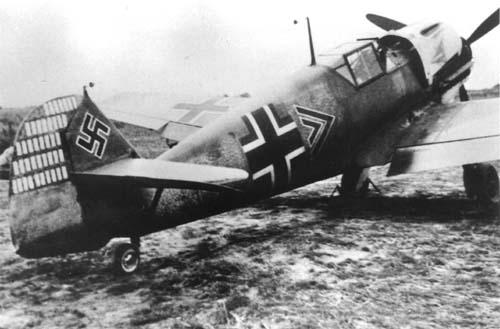
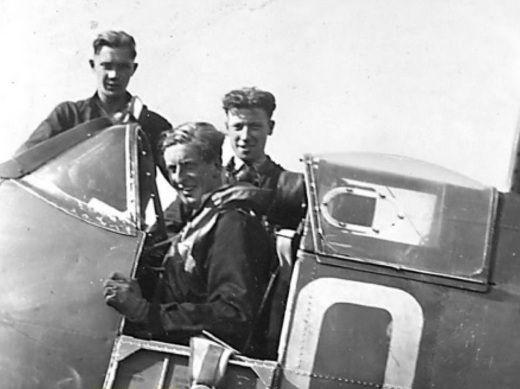
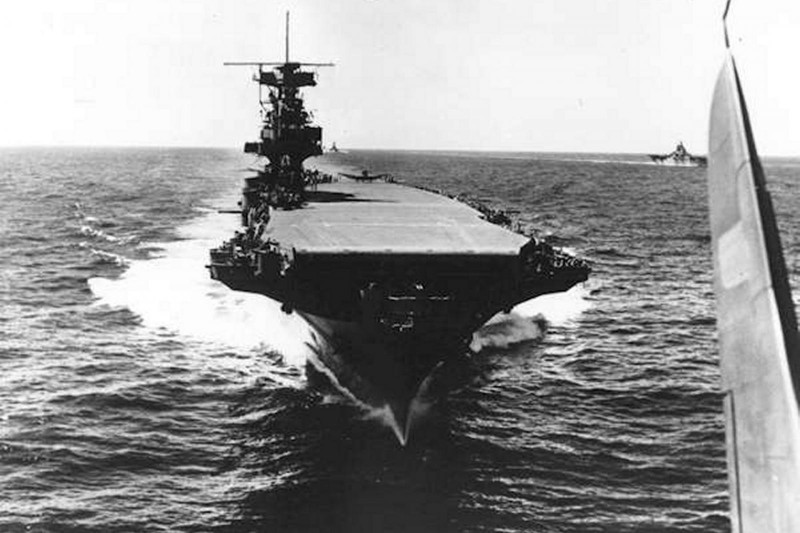
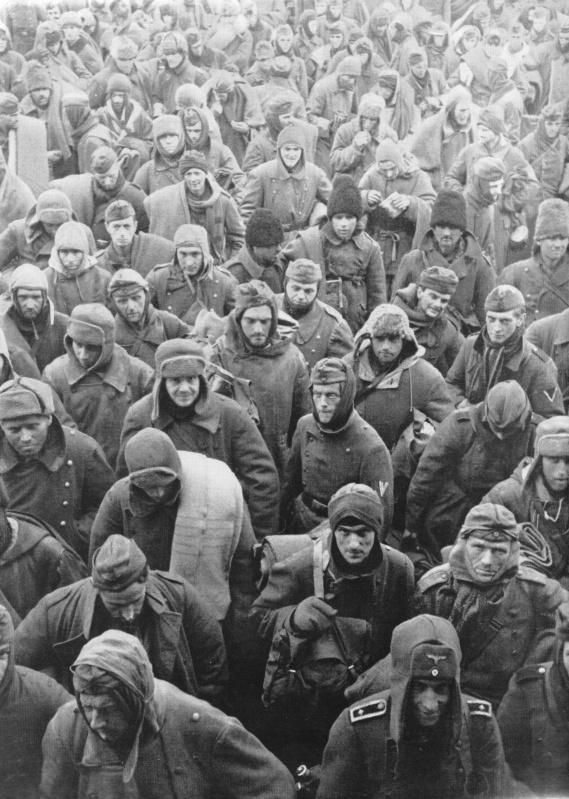

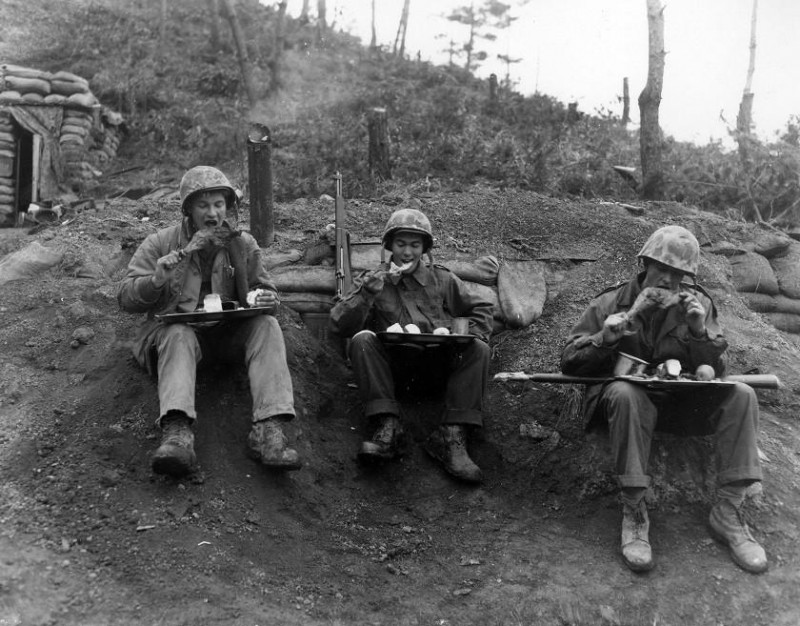
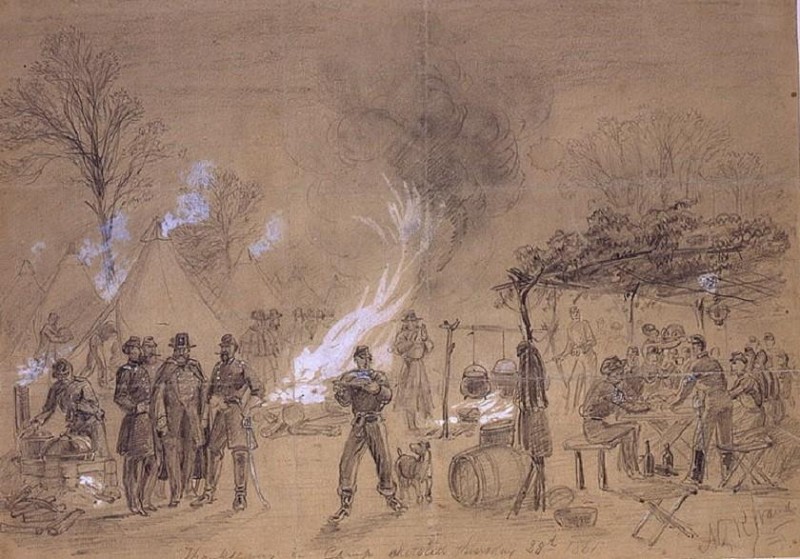
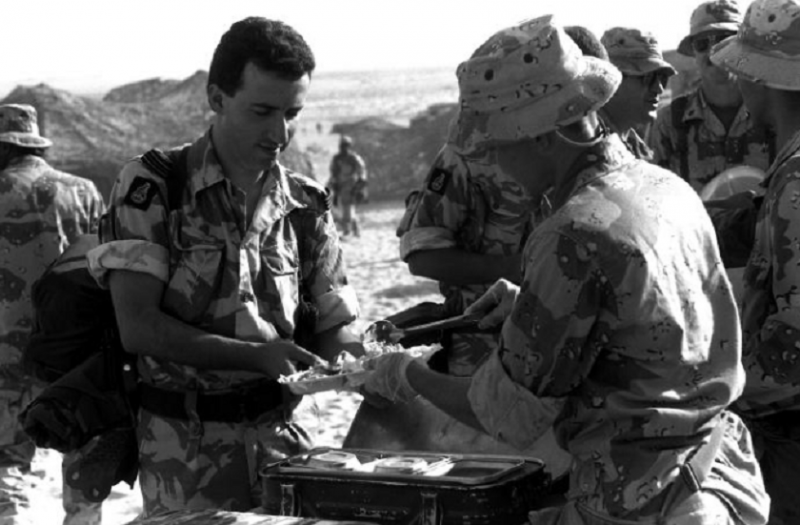
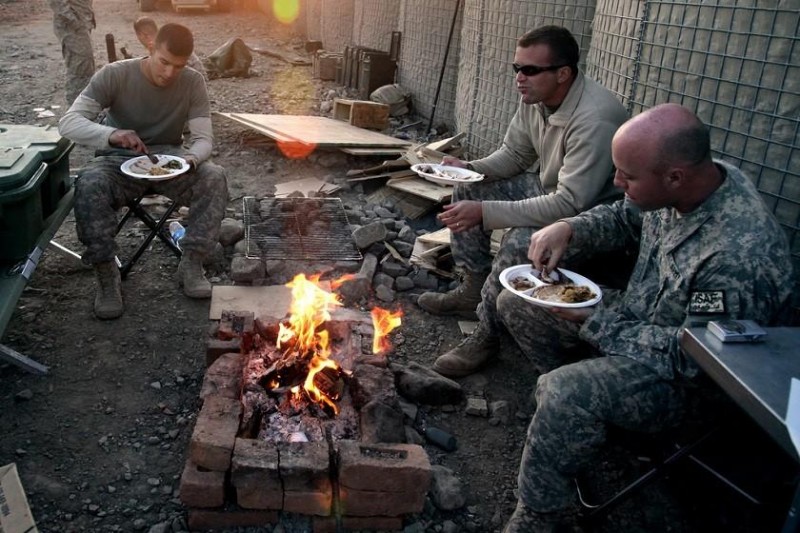
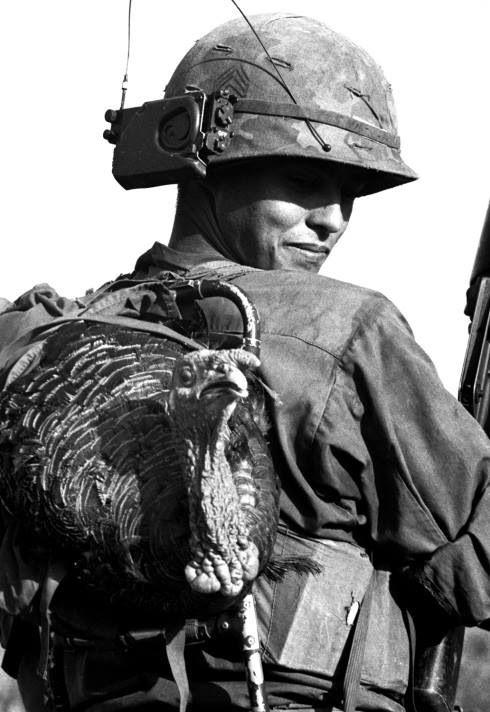
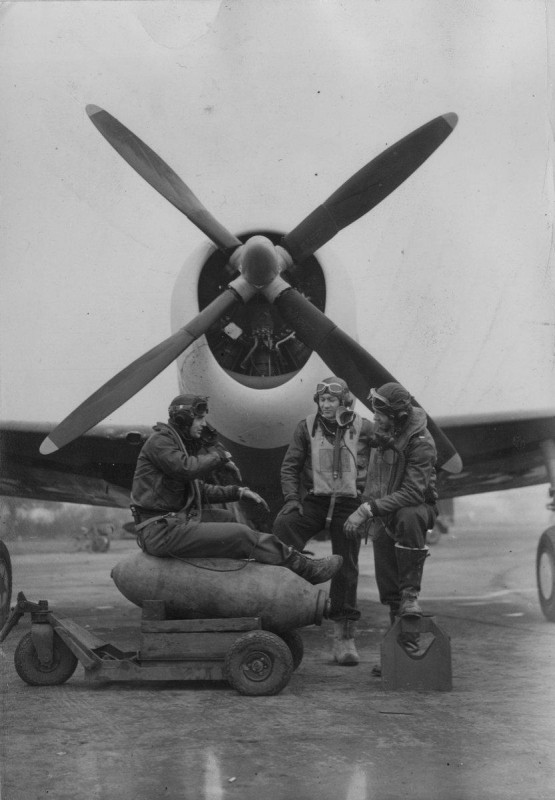
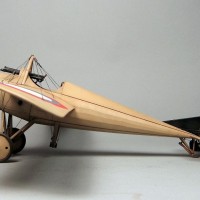
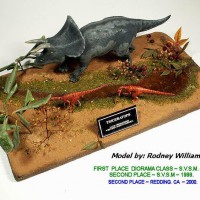

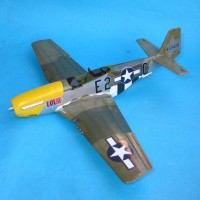
David - Nice pic of Hugh Dundas. Haven't come across that one before. Was it part of a bigger picture?
Paul
Hi Paul - and thanks for the feedback. The Dundas photo seems a one off, there's very few of him with his Spitfire.
Thanks for another fine set of pictures... like Paul I have never seen a picture of Hugh Dundas in his Spit... I laughed out loud about your comments on things left behind by US servicemen. 🙂
Cheers, Louis! Always a pleasure to hear from you.
This Big E order is an impressive treat. Of course tensions were high already few weeks before the Pearl Harbor attack. The pacific campaign would have been very different had these carriers not been out of port on December 7th...
David I appreciate the Thanksgiving photos , the four years I spent on active duty, albeit not at war, I spent all of them away[but managed to make most of the Christmases]. Best Christmas dinner away, on board Nimitz 1976. Worst Thanksgiving dinner away, a cheese burger at the Thunderbird bowling alley, Jax beach Fla. 1977.Wish I had pictures.
Does make you think, if the carriers had been there. The overall result would probably be the same but the war may have gone on for a year.
My Dad occasionally said to us at our Thanksgiving dinners, (when I still lived at home), that he was still waiting on his Thanksgiving dinner that President Truman promised the troops in Korea...
Our chow halls did a good job for us on "Turkey Day" and Christmas when I was on active duty in the Army. They tried to make it special for us since we were away from home. I was only home for Thanksgiving during one of those years. I never made it home for Christmas during that time.
Agreed: every chow hall & mess Sergeant I ever dealt with wanted to make sure our folks got as good a Thanksgiving or Christmas dinner as possible. Never had a bad holiday dinner, but some were better than others, if you know what I mean!
As a NCO (Non Commissioned Officer ... or Sergeant) over in Germany with the 11th Cavalry, we were encouraged to take our lower rank single guys home for (whichever) holiday dinner was going on. This was - in my opinion - a good thing to do for our youngest, single soldiers who were possibly away from home for the first time in their lives. Even the married guys whose families were left home for whatever reason appreciated it. I enjoyed it as well - it kinda felt like "family" for the holiday.
Ah, Robert, I thought you might have a story there. Hope your thanksgiving dinner this year was better!
Here here... I second that motion Robert. Happy belated Thanksgiving. I hope it was a good one for you.
Liked the passage from Grossman. I think the role of Romania in WW2 is often overlooked. Perhaps its just that I myself haven't read much of anything on this topic. Again, a good jumping off point - Cheers.
Those Marines in 1951 looked happier than their brothers were a year earlier. Up at Chosin, it was so cold that by the time a hacked-up piece of boiled turkey was pulled out of the pot and dropped in a mess tin, it was flash-frozen. My friends Fred and Ernie Gonzales from Fox Company forever after celebrated "Thanksgiving with all the trimmings" with their families every year to remember "the worst Thanksgiving of our lives."
Actually it was Hugh Dundas' brother John Dundas who shot down Wick and was killed on the same sortie. Cocky survived the war.
https://en.wikipedia.org/wiki/JohnDundas(RAF_officer)